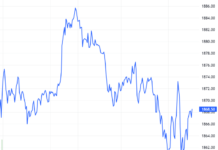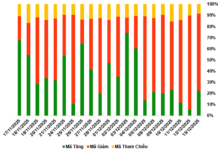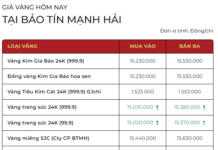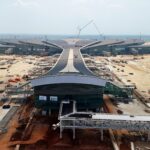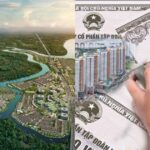The strategic importance of the Mekong Delta region
The Mekong Delta region is part of the key economic region in southern Vietnam, including 13 provinces and centrally-run cities, including Can Tho City, An Giang, Dong Thap, Long An, Tien Giang, Vinh Long, Ben Tre, Tra Vinh, Soc Trang, Hau Giang, Bac Lieu, Ca Mau and Kien Giang. The total area of the region is about 40.6 thousand km2; the population of the region is about 17.5 million people, accounting for nearly 18% of the country’s population.
The Mekong Delta is one of the largest and most fertile deltas in Southeast Asia and the world, being the largest food production and tropical fruit region in Vietnam. The region contributes about 50% of the rice output, 95% of the rice exports, nearly 65% of aquaculture output, 60% of fish exports, and nearly 70% of the country’s fruit varieties.
The Mekong Delta region is also an important area for the development of the southern region and the country as a whole in terms of economic development, investment and trade cooperation with countries in the region and the world. The Mekong Delta region has a strategically important position and role in the country’s economy, culture, society, environment, national defense, security, and foreign affairs.
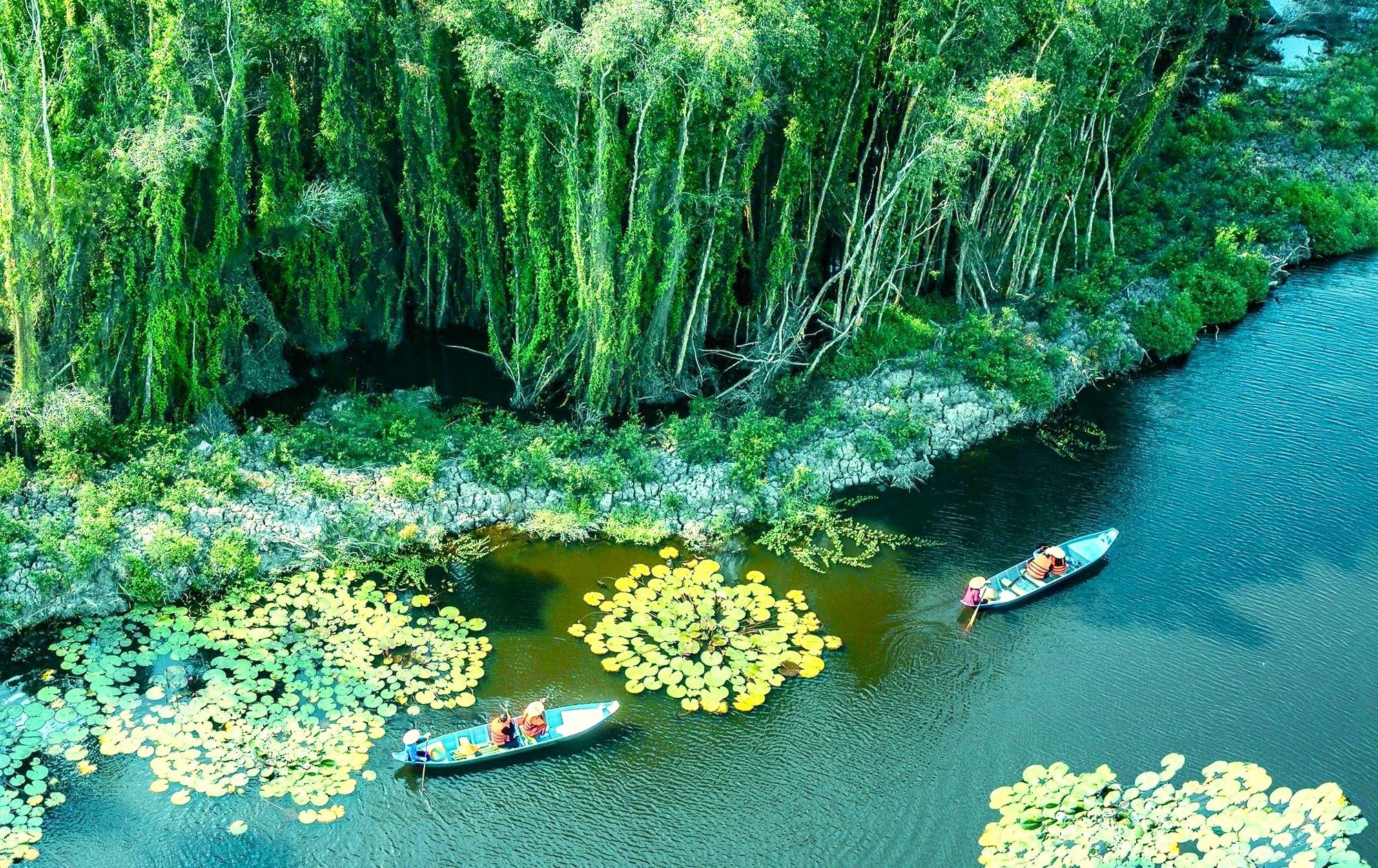
In recent years, the socio-economic development of the region has achieved comprehensive results, becoming a key agricultural region of the country with many major products, especially rice, shrimp, catfish, and fruits. The economy has grown steadily with improved quality and expanded scale.
The economic structure has positively shifted, with many key industrial projects in the field of energy being put into operation. The economic and social infrastructure has been invested in with various resources, contributing to changing the face of the region. Many forms of regional cooperation and collaboration have been formed…
However, the region’s socio-economic development still faces limitations, shortcomings, and many difficulties, which do not commensurate with its potential and advantages. The industrial sector, especially high-tech industries, develop slowly. The number of industrial parks established is the lowest in the country compared to the planned number. Foreign direct investment attraction is still limited. Science, technology, and innovation have not become driving forces for productivity increase and enhancement of the region’s competitiveness.
In addition, the transportation infrastructure development is slow, lacks synchronization, and has not developed evenly and connected between different transport modes. The scale and capacity of waterway transport are lower than its potential and advantages. The planning of seaports still has many limitations, and there is no central port; large logistics centers have not been formed yet.
The region is also facing challenges such as the adverse impacts of climate change, salinization, and the completion of infrastructure connecting localities within the region.
The food basket of the country will become a green agricultural economic center
Resolution No. 13-NQ/TW dated April 2, 2022, of the 13th Central Party Committee on the direction of socio-economic development, ensuring defense and security of the Mekong Delta region until 2030, vision to 2045 sets the goal of building a modern, ecological, civilized, fast and sustainable Mekong Delta region, with a strong cultural identity of its waterways; a green agricultural economic center, producing large goods with high quality and added value for the nation, the region, and the world.
Developing a system of agricultural centers, economic corridors, and dynamic cities, focusing on diversified services and industries, a synchronized and climate change-adapted infrastructure system; developing a strong marine economy, tourism economy; enhancing internal and inter-regional connectivity, domestic and international connectivity.
Emphasizing the development of science, technology, and innovation, improving the quality of human resources; establishing sustainable living environment, good quality of life for people associated with the conservation of resources and ecosystems; preserving and promoting the unique and diverse cultural identity of ethnic groups…
By 2045, the Mekong Delta region will be a comprehensive, ecological, civilized, and sustainable development region, with a relatively high level of development compared to the whole country; the economic and social infrastructure will be synchronized, modern, reasonably allocated, and adaptable to climate change. The dynamic and efficient economy will have a suitable structure for natural conditions, biological diversity, culture, and human resources; the people will have a high standard of living…
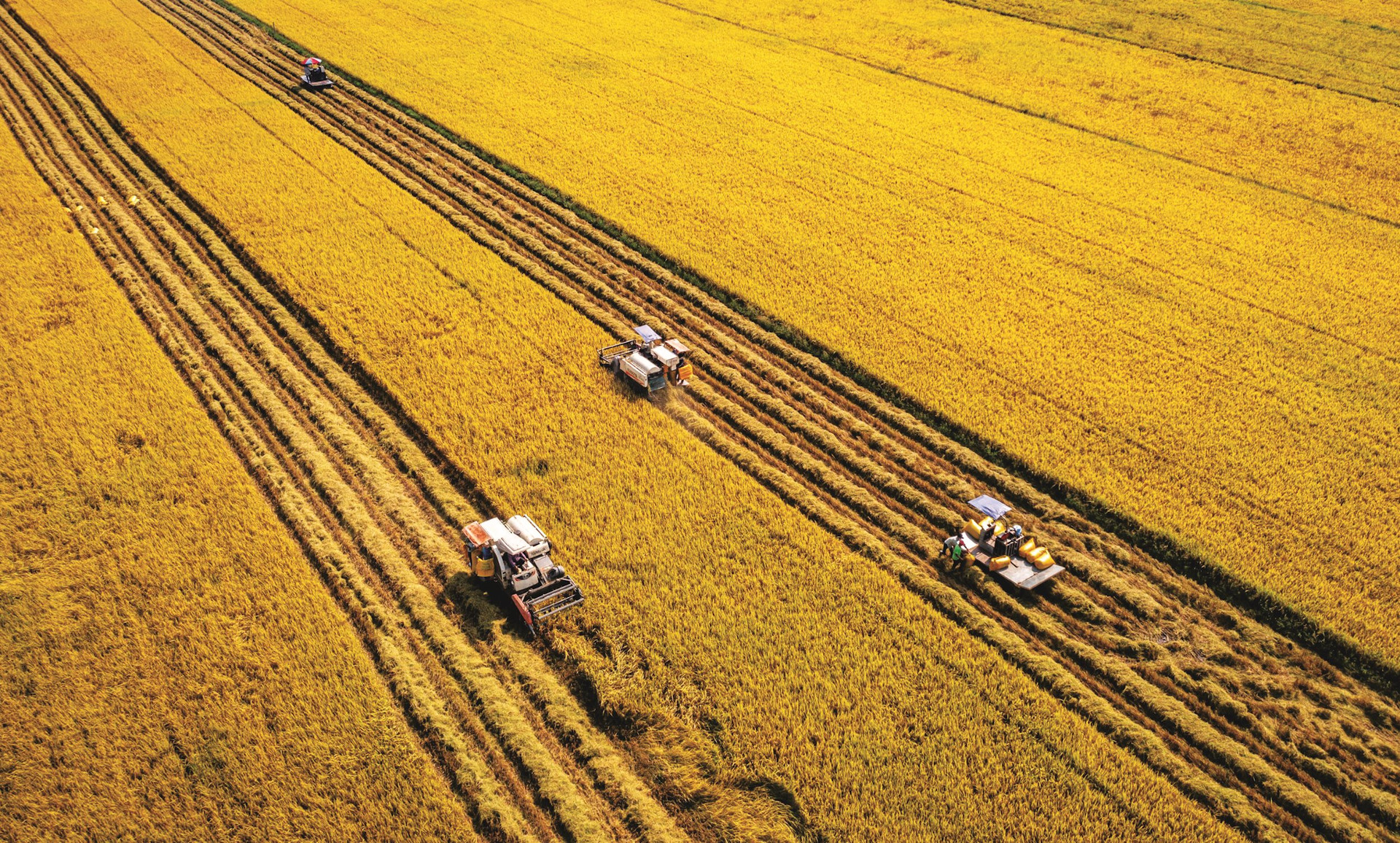
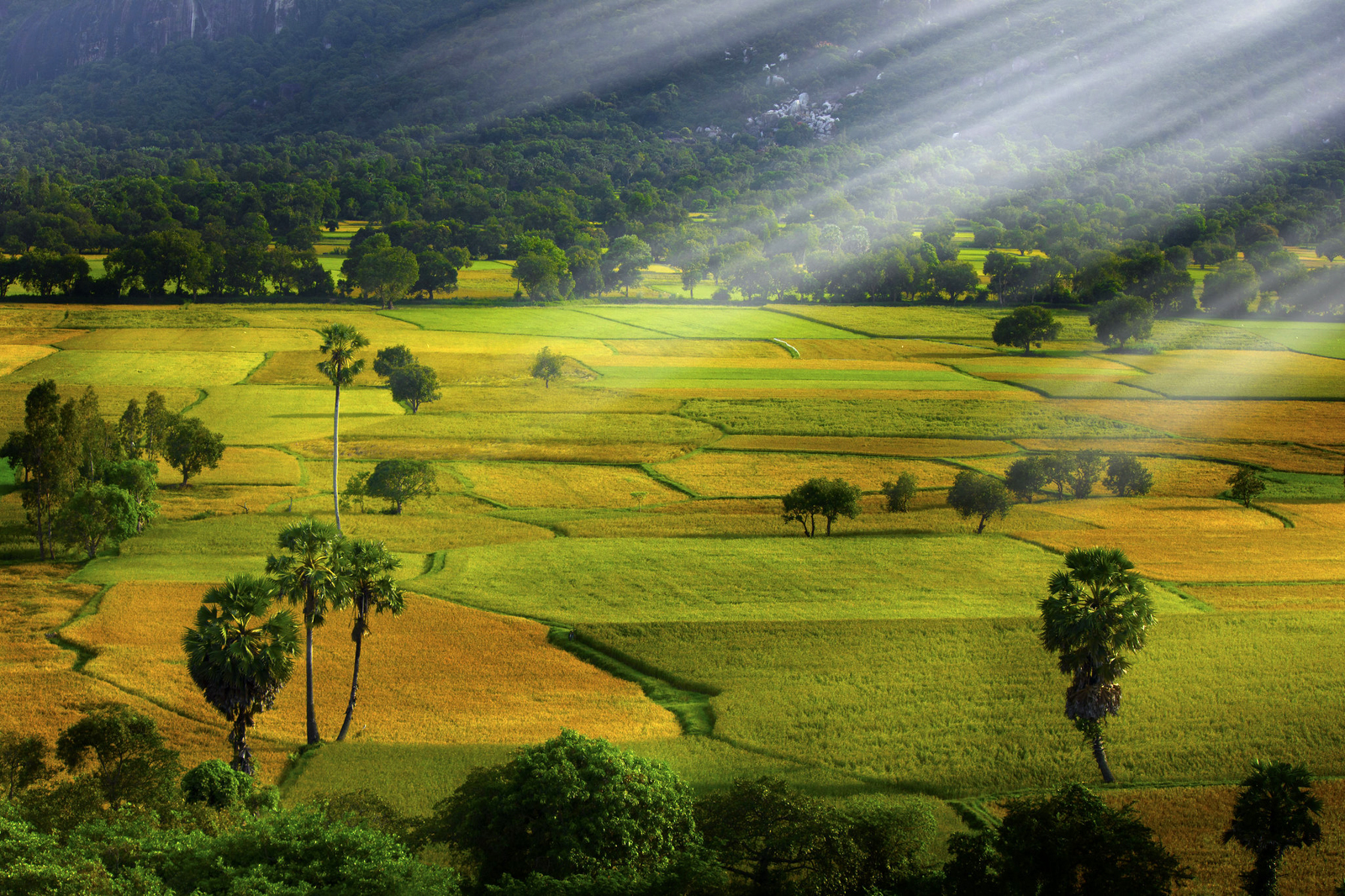
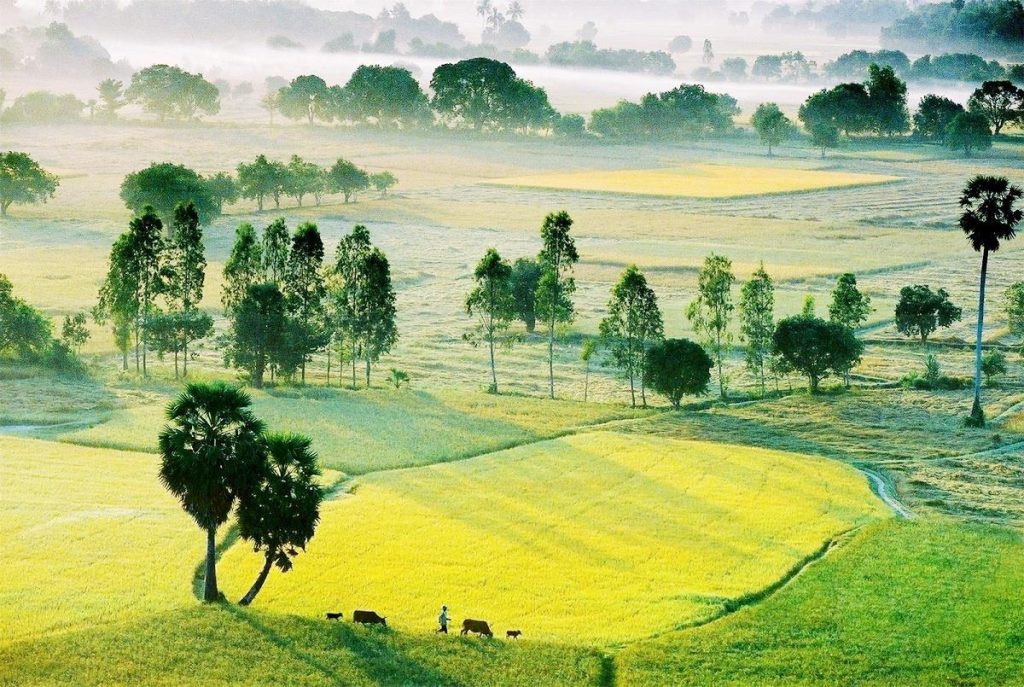
Agriculture is the most important field for this region.
At the meeting to build a report on the review and propose specific mechanisms, policies on the development of the Mekong Delta region held on March 18, localities in the region highly agreed on a common proposal for specific mechanisms and policies for the Mekong Delta region, including 4 groups: Group of mechanisms and policies on agriculture; Group of mechanisms and policies on investment, finance; Group of mechanisms and policies on climate change adaptation; Group of mechanisms and policies on human resources training.
Representatives of localities in the region also proposed additional specific mechanisms and policies related to agricultural development; logistics service development; maritime and river economy linkage mechanisms; enterprise development; high-quality human resources training; investment in roads passing through other areas; vocational training policies; urban development; hierarchical delegation of authority for functional areas, urban areas, industrial zones; water resource policies; development of agricultural ecosystems; appropriate mechanisms and policies for aquaculture; transportation infrastructure investment policies in general, regional transportation connectivity; product support policies for agricultural and aquatic products…
The Ministry of Planning and Investment said it would review some policy groups to increase support for some project programs in the region. Along with that, continue to improve and address the “bottlenecks” of the special mechanisms and policies in the Mekong Delta region.
The Ministry of Agriculture and Rural Development said that to achieve the target of implementing the low-carbon high-quality 1 million hectares of rice project in the Mekong Delta, the ministry will invest in technical infrastructure in 12 provinces in the region (except Ben Tre province).
The total investment capital is 375 million USD (about 9,000 billion VND), implemented in the period 2026 – 2031. Phase 1 of the project accounts for 350 million USD and will be used to finance necessary public infrastructure. About 25 million USD will be used for development and technology transfer (Phase 2) and project management costs (Phase 3).



